#yin yang
Photo

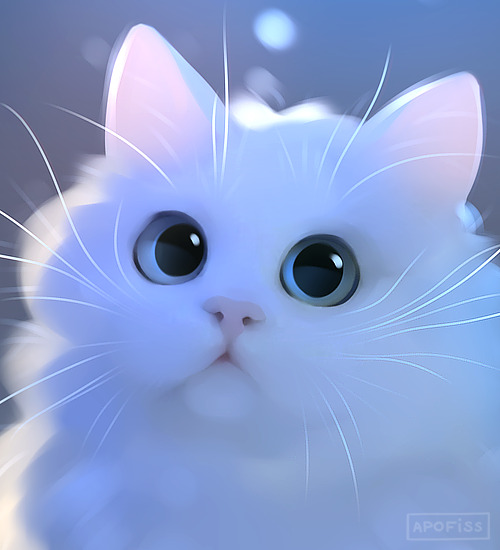
Black cat, white cat (=`ω´=) ❤️
15K notes
·
View notes
Text
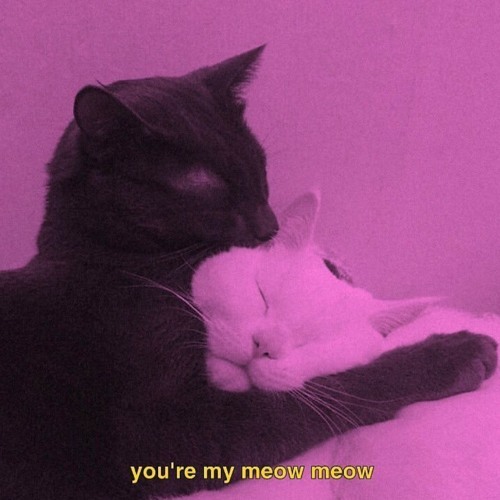
7K notes
·
View notes
Text
It's nice that it's starting to feel real.

24K notes
·
View notes
Text

Yin & Yang Swans by Alan Schaller
4K notes
·
View notes
Text

5K notes
·
View notes
Text

Liam Alvy (British, b. 1987), "Yin Yang Tiger and Frogs", 2022 [acrylic and oil on canvas]
#Liam Alvy#art#british art#contemporary art#painting#animal painting#animals in art#tiger#frogs#oil on canvas#acrylic on canvas#oil painting#acrylic painting#21th century art#21th century#paintings#yin yang#animals
398 notes
·
View notes
Photo
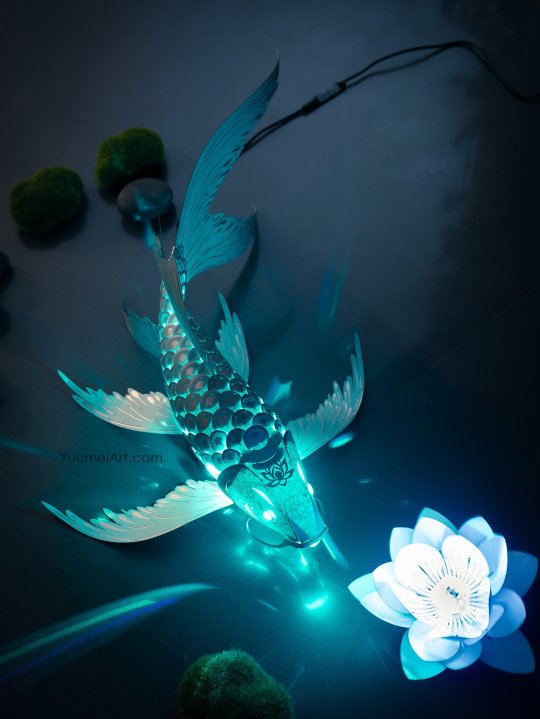
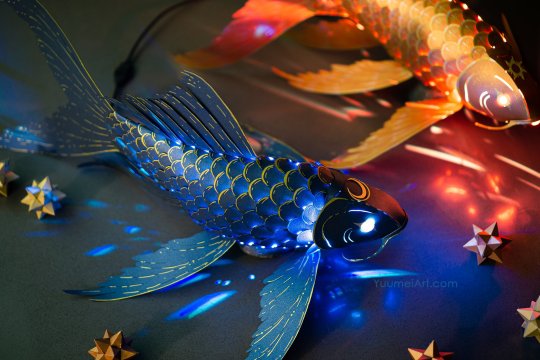

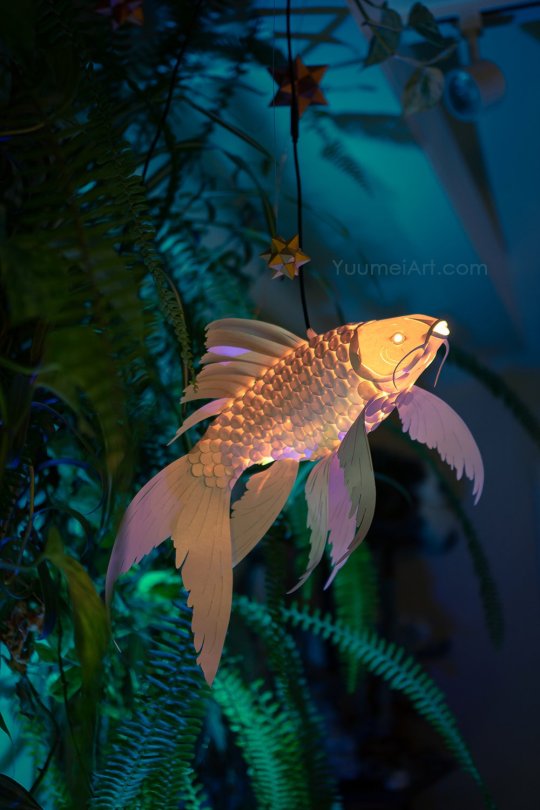


A new teal color and lotus head ornament has just been added to my Koi Lantern Kickstarter! Thank you all for supporting this project and helping us surpass the stretch goals! There’s one last stretch goal left, and if we surpass that one, every backer will get a mini star kit like the ones seen in the 2nd photo :D
Bring home your Koi
3K notes
·
View notes
Text
𝑴𝒂𝒌𝒆 𝒚𝒐𝒖𝒓 𝒇𝒆𝒎𝒊𝒏𝒊𝒏𝒆 𝒂𝒏𝒅 𝒎𝒂𝒔𝒄𝒖𝒍𝒊𝒏𝒆 𝒆𝒏𝒆𝒓𝒈𝒊𝒆𝒔 𝒘𝒐𝒓𝒌 𝒕𝒐𝒈𝒆𝒕𝒉𝒆𝒓 𝒊𝒏 𝒔𝒚𝒏𝒄𝒉𝒓𝒐𝒏𝒊𝒄𝒊𝒕𝒚.
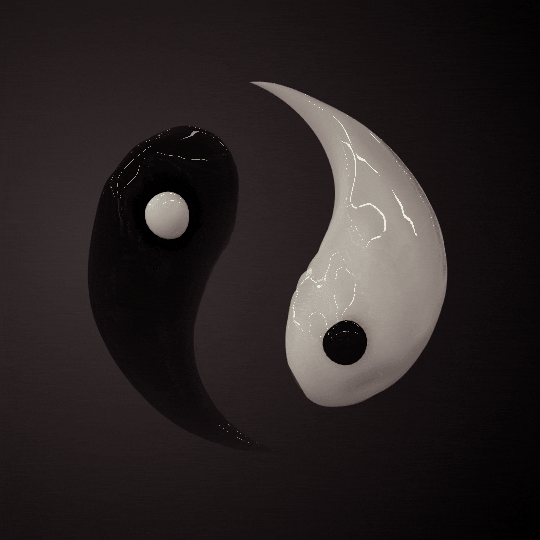
#personal#thoughts#energy#soul#yin yang#synchronicity#masculine#feminine#spiritual awakening#spiritualgrowth#spiritual development#law of attraction#love#healing#spirituality#spiritual journey#flow#chaos#order#Balancing masculine and feminine energies#balance#marriage between your own masculine and your own feminine energy
757 notes
·
View notes
Text

I got compelled to draw these things as algebrailens …
#inanimate insanity#ii#oj#paper#pickle#taco#suitcase#yinyang#yin yang#bow#lightbulb#silver spoon#candle#paintbrush#xfohv#nutas art#unfortunately
182 notes
·
View notes
Text
Headcanon:
In Yin-Yang proposal it's always the person asking their partner to be their yang regardless of gender or any other factors,because it's asking to not only be their second half,but their better half(yang means good).
#yang usually is accosiated with masculinity and yin with feminity#but Jay asked Nya to be his yang#and gave her the yang piece aka golden with black dragon inside#and in DotD Yang said that 'yang' means good#so the hc was born#ninjago#ninjago nya#nya smith#nya jiang#nya ninjago#ninjago jay#jay walker#jay ninjago#jaya#but not really#yin yang
170 notes
·
View notes
Text

@coloursoflovelustlife thank you :)
#art#kunst#bw#black and white#schwarzweiß#sw#coloursoflovelustlife#male#female#yin yang#women#men#man#woman
265 notes
·
View notes
Photo


I just now realised these two make a nice duo! o_o
1K notes
·
View notes
Text
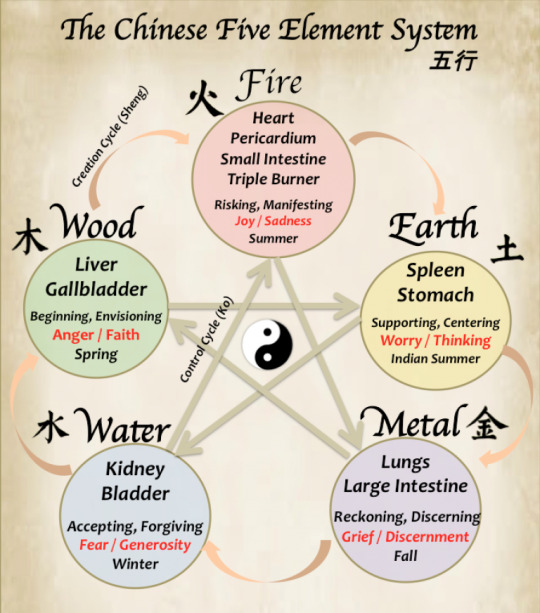
Legends of the humanoids
Reptilian humanoids (5)
Wuxing – the connections between the Five Dragon Kings (Ref) and the Five Elements philosophy
To better understand the origins of the Five Dragon Kings and the ancient Chinese legend, it is worth mentioning the wuxing of natural philosophy, which states that all things are composed of five elements: fire, water, wood, metal and earth.
The underlying idea is that the five elements 'influence each other, and that through their birth and death, heaven and earth change and circulate'.
The five elements are described as followed:
Wood/Spring: a period of growth, which generates abundant vitality, movement and wind.
Fire/Summer: a period of swelling, flowering, expanding with heat.
Earth is associated with ripening of grains in the yellow fields of late summer.
Metal/Autumn: a period of harvesting, collecting and dryness.
Water/Winter: a period of retreat, stillness, contracting and coolness.
The wuxing system, in use since the Han dynasty (2nd century BCE), appears in many seemingly disparate fields of early Chinese thought, including music, feng shui, alchemy, astrology, martial arts, military strategy, I Ching divination, and traditional medicine, serving as a metaphysics based on cosmic analogy.
The wuxing originally referred to the five major planets (Jupiter, Saturn, Mercury, Mars and Venus), which were thought of as the five forces that create life on earth. Wu Xing litterally means moving star and describes the five types of Qi (all the vital substances) cycles through various stages of transformation. As yin and yang continuously adjust to one another and transform into one another in a never-ending dance of harmony, they tend to do so in a predictable pattern.
The lists of correlations for the five elements are diverse, but there are two cycles explaining the major interaction. The yin-yang interaction, which by increasing or decreasing the qualities and functions associated with a particular phase, it may either nourish a phase that is in deficiency or drain a phase that is in excess or restrain a phase that is exerting too much influence (see below):
The Creation Cycle (Yang)
Wood feeds Fire
Fire creates Earth (ash)
Earth bears Metal
Metal collects Water
Water nourishes Wood
The Destruction Cycle (Yin)
Wood parts Earth
Earth dams (or absorbs) Water
Water extinguishes Fire
Fire melts Metal
Metal chops Wood
The Huainanzi (2nd BCE) describes the five colored dragons (azure/green, red, white, black, yellow) and their associations (Chapter 4: Terrestrial Forms), as well as the placement of sacred beasts in the five directions (the Four Symbols beasts, dragon, tiger, bird, tortoise in the four cardinal directions and the yellow dragon.
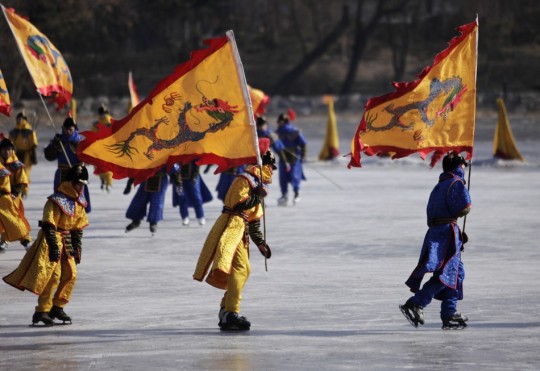
伝説のヒューマノイドたち
ヒト型爬虫類 (5)
五方龍王(参照)と五行思想の関連性
ここで、五方龍王の起源、そして古代中国の伝説をよく理解するために、万物は火・水・木・金・土の5種類の元素からなる、という自然哲学の五行思想について触れておきましょう。 5種類の元素は「互いに影響を与え合い、その生滅盛衰によって天地万物が変化し、循環する」という考えが根底に存在する。
五行は次のように説明されている:
木は、春の豊かな生命力、動き、風を生み出す成長期。
火は、夏の太陽の暖かさの下で行われる成熟の過程、熱で膨張する時期。
土は、晩夏の黄色い野原での穀物の成熟に関連している。
金は、秋の収穫、収集、乾燥の時期。
水は、冬の雪に覆われた暗い大地の中に潜む新しい生命の可能性と静寂の時期。 漢の時代 (紀元前2世紀頃) から使用されてきた五行説は、音楽、風水、錬金術、占星術、武術、軍事戦略、易経、伝統医学など、中国初期の思想の一見バラバラに見える多くの分野に登場し、宇宙の類推に基づく形而上学として機能している。
五行とは文字通り「動く星」を意味し、五種類の気(生命維持に必要なすべての物質)が様々な変容の段階を経て循環することを表している。陰と陽は絶え間なく互いに調整し合い、調和の終わりのないダンスで互いに変化していくため、予測可能なパターンで変化する傾向がある。
五行の相関関係は多様だが、主要な相互作用を説明する2つのサイクルがある。陰陽の相互作用は、特定の相に関連する資質や機能を増減させることで、不足している相に栄養を与えたり、過剰な相を排出したり、影響力を及ぼしすぎている相を抑制したりする (以下参照):
相生(陽)のサイクル
木は燃えて火を生む
火が土 (灰) をつくる
土は金属を産出する
金属は表面に水を集める
水は木を育てる
相克(陰)のサイクル
木は大地を構成する
土は水を堰き止める
水は火を消す
火は金属を溶かす
金属が木を切る
『淮南子』(紀元前2世紀)には、五色の龍(紺碧・緑、赤、白、黒、黄)とその関連性 (第4章: 地の形)、五方位への聖獣の配置(四枢の四象徴獣、龍、虎、鳥、亀、黄龍)が記述されている。
#wuxing#5 dragon kings#5 elements#taoism#yin yang#humanoids#legendary creatures#hybrids#hybrid beasts#cryptids#therianthropy#legend#mythology#folklore#dragon#nature#art
117 notes
·
View notes
Text


I love Slay The Princess, I'm VERY normal about Slay The Princess, have you heard of Slay The Princess? You should definitely play Slay The Princess.
#slay the princess#yin yang#yin and yang#fanart#digital fanart#sketch#shifting mound#long quiet#rough sketch
109 notes
·
View notes

